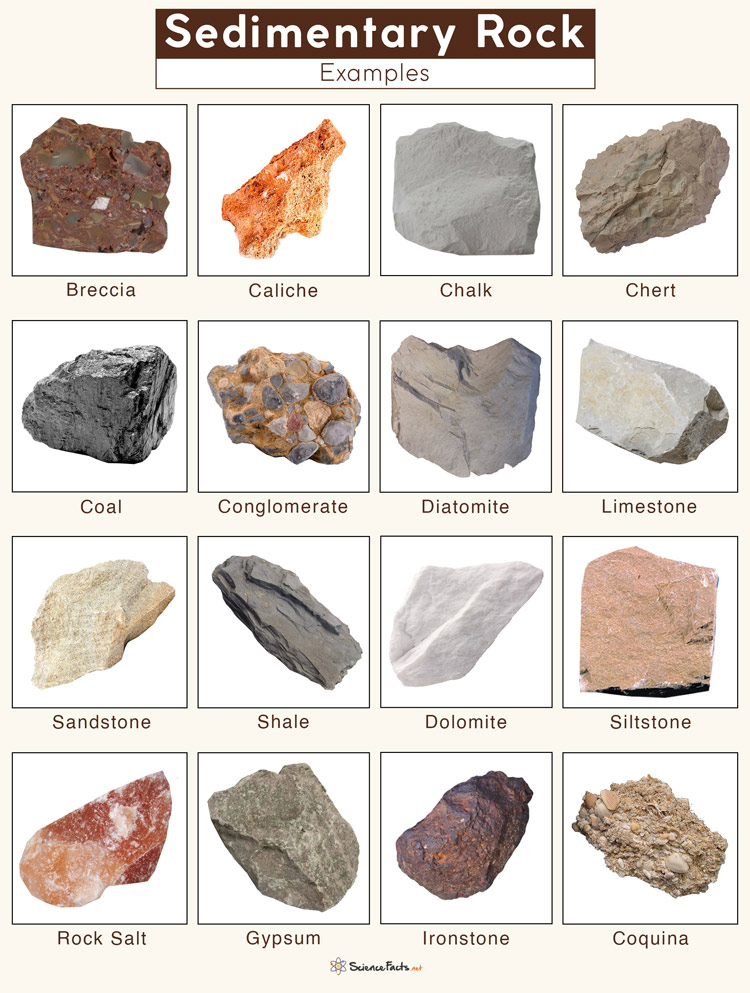SEDIMENTARY ROCKS// ISC CLASS 11// ROCKS //WBSLST
Although three fourths of the earth's surface is covered with sedimentary rocks , they make up only about 5% of the volume of the earth's crust. Sedimentary rocks are formed from those materials which are deposited at favourable sites by agents of denudation such as river wind glacier and sea waves. The deposited material is known as sediment and the rocks thus formed called sedimentary rocks.
MEANING: The word ‘sedimentary’ is derived from the Latin word sedimentum, which means settling.
Rocks (igneous, sedimentary and metamorphic) of the earth’s surface are exposed to denudational agents, and are broken up into various sizes of fragments. Such fragments are transported by different exogenous agencies and deposited.These deposits through compaction turn into rocks. This process is called lithification.
Depending upon the mode of formation, sedimentary rocks are classified into three major groups:
(i) mechanically formed — sandstone, conglomerate, limestone, shale, loess etc. are examples;
(ii) organically formed — geyserite, chalk, limestone, coal etc. are some examples;
(iii) chemically formed —chert, limestone, halite, potash etc. are some examples.
FORMATION:
The sediment is deposited layer after layer. As new layers are deposited , the underlying old layer experience progressively deeper burial.under increasing pressure imposed by the overlying load , water is excluded from the sediment they become denser and strongly coherent. ultimately hard rocks are produced . the process of turning sediment into hard rock layers by pressure is known as lithification.
CHARACTERISTICS:
1.All sedimentary rocks are formed in layers or strata and are known as layered or stratified rocks
2.they have ripple marks left by water .
3.these are fossils embedded into their layers. they are in the form of prints of lesves , insects or soft bovine animals and pieces of bones , shells or some hard parts of old living beings
4. these rocks are porous, , the pores being larger in case of pebbles and small in case of clay.
5. these rocks are pervious
6. it dont have crystals
7. it is softer than igneous rocks
CLASSIFICATION OF SEDIMENTARY ROCKS
sedimentary rocks are classified in a number of ways as is clear from the following description
1. CLASTIC SEDIMENTARY ROCKS
the adjective "clastic" is derived from the greek word" Klastos" meaning "broken" and describes clastic sediments consisting of particles removed individually from the parent rock. the naming of clastic rocks depends in the part on the size of component mineral grains . A system of grading of grains has been established by geologists , which is known as WENTWORTH SCALE .
2. NON CLASTIC SEDIMENTARY ROCKS
These are made of sediments of two basic types viz
a) chemically precipitates and
b) organically derived sediments
a) chemical precipitates: these are solid mineral matters precipitates from an aqueous solution in which the component ions are have been transported.
xample: rock salt and gypsum
b) organically derived sediments: these consists of remains of plants or animals as well as minerals matters produced by the activities of plants and animals .
example: coal and limestone
ORGANIC SEDIMENTARY ROCKS
the organic sedimentary rocks are formed by the organic matter derived from plant or animal remains.following are the three types of organic sedimentary rocks
1. calcareous sedimentary rocks: these rocks mainly contain calcium . such rocks are made up of shells and skeletons of dead marine animals once living in moderately deep , warm and clear water of sea or lake
example: chalk, talc, and dolerite
2. carbonaceous sedimentary rocks: these rocks are rich in carbon contents and are formed due to decay and decomposition of plant and animal life.
example: coal
INORGANIC SEDIMENTARY ROCKS
these rocks areformed due to weathering , erosion and deposition of old rocks. different agents of change ( river, wind, glacier and sea waves ) are constantly eroding the old rocks from one place deposing them at some other place to form new rocks .
these are three types
1. ARENACEOUS SEDIMENTARY ROCKS: The word " ARENACEOUS " has been derived from a latin word " are"ARENA" which means sand. it is clear that the main content of these rocks is sand which is 0.06-2.00mm in diameter.
example: sand stone
2. ARGILLACEOUS SEDIMENTARY ROCKS: the word " ARGILLACEOUS" has been derived from a latin word " Argill" which means claywhich is less than 0.06mm.
example: clay, shell
3. RUDACEOUS : Conglomarate , bracacia which are less than 2mm in diameter.










0 Comments